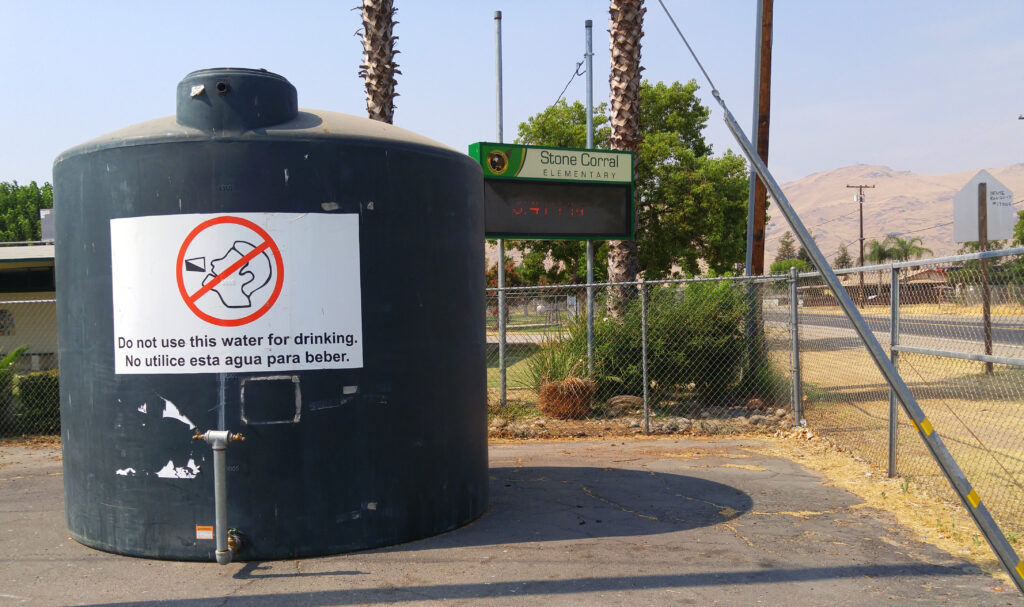California’s San Joaquin Valley is rife with water management practices that neglect the needs of primarily Latino/a/x residents of Disadvantaged Unincorporated Communities (DUCs). Hundreds of DUCs are scattered across the Valley and confront disproportionate environmental burdens such as contaminated groundwater, dry wells, and insufficient water infrastructure. Municipal and state disinvestment, industrial agriculture, dairy farming, and geological circumstances have, over time, led to perpetual water quality and quantity challenges that are all too common for these residents. That said, state policies aimed at addressing the Valley’s water challenges, such as the Sustainable Groundwater Management Act of 2014, require proactive outreach and engagement with DUCs. To meet this goal, basin-wide Groundwater Sustainability Agencies (GSAs) have been tasked with soliciting and incorporating community members’ perspectives into a Sustainable Groundwater Management Plan (SGMP) by 2020. However, residents of DUCs are seldom able to break entrenched and systemic racial and gender barriers that inhibit ongoing access to GSAs. Furthermore, the technical expertise, political savvy, time commitment, and documentation status required to effectively demonstrate DUC needs to GSA board members are impossible for resource-strapped, and at times undocumented, residents to attain. Consequently, marginalized residents risk falling through the cracks of one-size-fits all water management strategies that fail to capture diverse and nuanced experiences accompanying chronic water stress. This research looks at the politics of unincorporation in the Valley, the possibilities and limits of public participation in water management for residents of DUCs as the SGMP unfolds, everyday experiences of water vulnerability in the area, and similarities and differences across DUCs.
Confronting Experiences of Water Vulnerability and Inequities of Water Management in California’s San Joaquin Valley
Researcher(s):
City and Regional Planning
Yanin Kramsky
PhD Student
Yanin Kramsky
PhD Student
City and Regional Planning
Tags: Summer Research Funding

